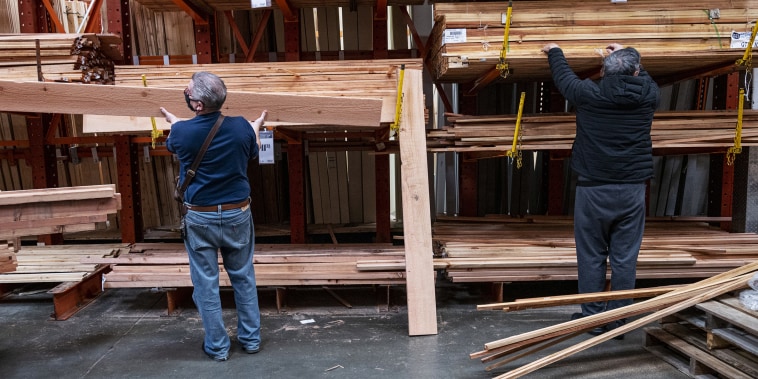In a recent study conducted by the Home Improvement Research Institute (HIRI), it was revealed that fewer homeowners are choosing to embark on large-scale remodeling projects compared to previous years. While this trend may suggest a slowdown in the renovation industry, the demand for home improvement projects remains solid.
One of the primary reasons cited for the decrease in remodeling activity is the current state of the housing market. With rising interest rates and increasing home prices, many homeowners are choosing to hold off on major renovations in favor of more conservative projects or simply adapting to existing conditions. This shift in behavior indicates a more cautious approach among homeowners when it comes to investing in their properties.
Additionally, changing demographics and lifestyle preferences are also influencing the types of remodeling projects undertaken by homeowners. Younger generations, such as millennials, are more inclined to prioritize sustainability, energy efficiency, and smart home technology in their renovation plans. This shift towards environmentally friendly and technologically advanced upgrades reflects a broader societal trend towards more conscious living.
Another factor contributing to the shift in remodeling trends is the rise of online resources and technology that offer alternative solutions to traditional renovation processes. Virtual design tools, online marketplaces, and DIY guides have empowered homeowners to explore cost-effective and creative ways to renovate their homes without necessarily requiring professional assistance. This DIY approach not only provides homeowners with more flexibility and control over their projects but also enables them to stretch their budgets further.
Despite the decline in large-scale remodeling projects, the overall demand for home improvement remains strong. Smaller, more manageable projects such as kitchen upgrades, bathroom renovations, and cosmetic enhancements continue to be popular choices among homeowners looking to enhance the comfort and functionality of their living spaces. This shift towards smaller-scale projects indicates a growing interest in incremental improvements that can provide immediate benefits without the need for extensive time and financial commitments.
In conclusion, while the remodeling industry may be experiencing a shift in the types of projects being undertaken, the demand for home improvement remains steady. Factors such as market conditions, changing demographics, and advancements in technology have all played a role in shaping the current remodeling landscape. By adapting to these evolving trends and embracing innovative solutions, homeowners can continue to enhance their living spaces in ways that align with their needs and preferences.


































